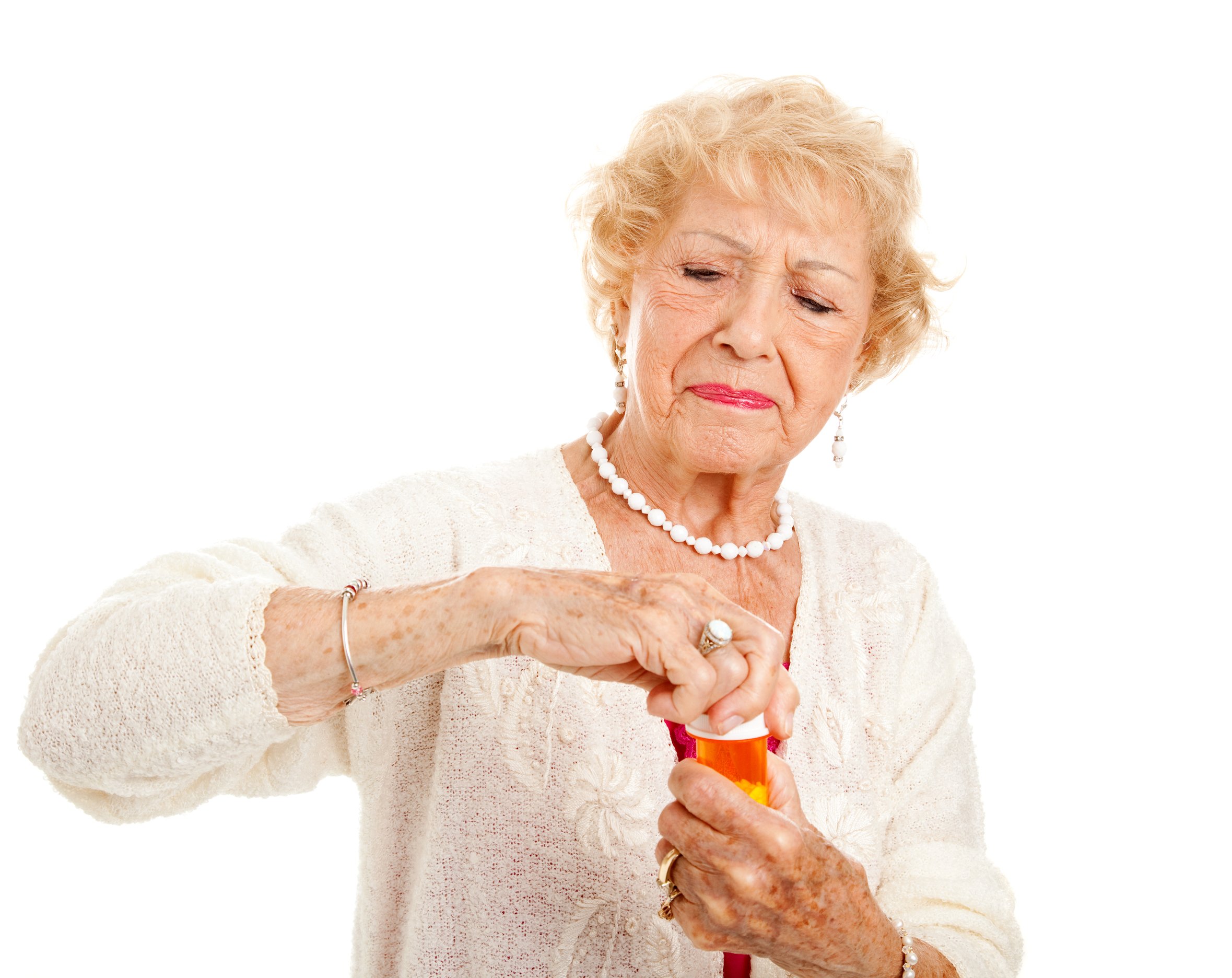March 15-21st is the 59th observance of National Poison Prevention Week, one of the longest continuously running health and safety programs in the United States. It’s also one of the most cost-effective: today’s 55 poison centers around the country save over $1.8 billion every year in reduced direct medical costs, lost work and productivity.
National Poison Prevention week (NPPW) was established in 1961 to call attention to the dangers of poisonings and how to prevent poisonings from occurring. Safety interventions, such as child resistant closures and poison prevention campaigns, have saved thousands of lives.
Back in the 1960s, the most common documented cause of injury in children under 5 years old was accidently swallowing medicines or household cleaners. In 1970 the United States Congress passed the Poison Prevention Packaging Act (PPPA), which required all prescription and non-prescription medicines that could be swallowed to have child-resistant (C-R) packaging. In the decades since, C-R packaging has saved many young lives but has also caused significant inconvenience for many adults, especially those with below average strength and dexterity, ironically the ones who usually take the most medicines.
A couple of months ago, 88-year-old Delores brought all of her medicine bottles in from home for me to review. Lifting each medicine out of the shoe box, I noticed how faded the red lettering was on the white plastic child-resistant caps. Some of her medicines had lids sitting crooked or were barely fastened, and one label was nearly 5 years old despite having newly refilled pills inside.
Delores’ struggle with child-resistant tops is not limited to just her medicines. Many other common household products are sold with hard-to-open lids: paint thinner, cleaning solutions, bleach, vinegar, vitamins and liquid non-prescription medicines like cough syrup.
Back in the 1960s, the most common documented cause of injury in children under 5 years old was accidently swallowing medicines or household cleaners. In 1970 the United States Congress passed the Poison Prevention Packaging Act (PPPA), which required all prescription and non-prescription medicines that could be swallowed to have child-resistant (C-R) packaging. In the decades since, C-R packaging has saved many young lives but has also caused significant inconvenience for many adults, especially those with below average strength and dexterity, ironically the ones who usually take the most medicines.
Since 1974, pharmacists have been required to dispense all medication refills in brand new vials and lids because as the lids on plastic medicine bottles get used, they get easier to open and eventually won’t be able to meet the C-R standard. Except for under-the-tongue tablets of nitroglycerin, pharmacists must dispense ALL medicines with C-R lids unless the patient requests otherwise in writing and signs it.
A lid is considered child-resistant if a child under 5 years old cannot open it within 5 minutes, but 90% of adults can open and close it within 5 minutes. Who wants to fight with a lid to get it to open and close? No wonder Delores re-used her prescription bottles that had worn-out lids!
28 years ago, I ripped apart a ligament in my right wrist, putting me in a hard cast for 6 weeks and a rigid brace for another 6 weeks. This was a major handicap for me because I could NOT get child resistant lids open wearing that cast or brace, and as a pharmacist, I needed to open a LOT of child-resistant lids every day at work.
Desperate, I worked out a way to open those tricky caps without moving my wrist. I’m still using that technique because it helps me open child-resistant tops without straining my hands or wrists.
Here’s how to open child-resistant lids without having to use your wrist:
- Pick up the bottle with your dominant hand and place the palm of your other hand FLAT against the cap.
In this position, your hands should form a sideways “T”. Your left hand is turned with your thumb pointing up and your right hand is perpendicular to it as if your left hand was a door and you are reaching for the doorknob with your right hand.
- PUSH both hands together with your arms, being sure to keep your wrists straight. As the bottle cap in your right hand pushes up against your left palm (the top of the T), TURN your entire forearm just a little bit until you feel the bottle move up into the white cap, freeing it to move. You usually have to turn your right arm just a bit to the right in order to get the bottle into position so it can push up into the cap.
- TWIST your entire right forearm slowly clockwise, like turning a doorknob.
The trick is to twist with your whole forearm INSTEAD of twisting only your wrist. The pressure of your hands pushing toward each other keeps the outer cap free as your right arm turns. You don’t have to turn your arm very far for the outer cap to completely disengage.
- Twist just until you feel the cap come free.
But don’t take the cap off just yet, because the pills will fall out!
- Tip the vial down so the cap is facing up before taking off the lid.
Once your hands have the vial straight up, cup the outer cap with your left palm and separate your hands, one holding the cap and one holding the vial. It’s open!
- To put the top back on, reverse the order of the steps.
Form a T, push your hands together, and turn your right forearm to the left (counterclockwise) until it engages.
Remember, you can request “easy-open” lids for medicines at your pharmacy by requesting and signing a release form. And make sure to store ALL medicines away from easy access by young children.


